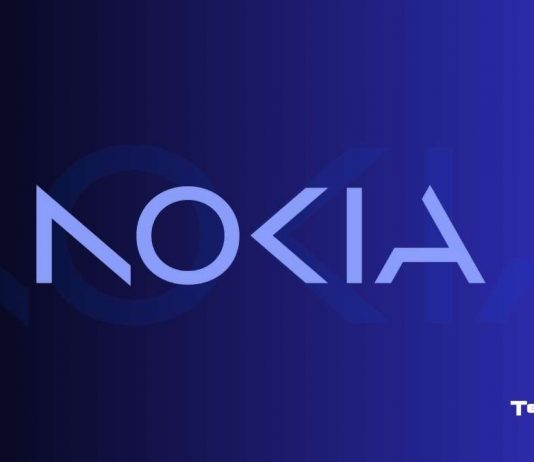- Nokia’s new audio technology makes phone calls feel more lifelike. It reproduces surrounding sounds spatially, giving a sense of physical presence.
- The technology helps in conferences by making it clear where each speaker is sitting. This makes it easier to distinguish between different voices.
- The technology will be launched with 5G Advanced. It is expected to be available to the public by 2025.
Nokia has been developing a new audio technology aimed at creating highly immersive phone calls. This technology ensures that the surroundings of the person you’re talking to are realistically reproduced, making the conversation feel more lifelike. Recently, the first “immersive call” was successfully made between Nokia CEO Jenni Lukander and Stefan Lindström, Finland’s Ambassador of Digitalisation and New Technologies.
How Nokia’s Immersive Calls Work
Nokia introduced their new audio technology in a video over a year ago. Currently, smartphones capture the sound from both parties in a call, compress it, and then output mono signals on the other end. This means that while you can hear the voice of the person you’re talking to and background noises like birds chirping, there is no sense of audio positioning — only differences in volume.
Nokia’s new technology aims to change this by using the microphones on smartphones to create spatial audio. With this technology, cell phones could capture sounds such as birdsong to the left of the person you’re talking to, allowing you to hear it from the left side. Similarly, if people are walking past and talking, their voices would audibly move past you. According to Nokia, this innovation creates the sensation of being in the same place as the person you’re speaking with.
This technology is also expected to be particularly useful for conferences and meetings. By capturing the positions of participants in relation to the room’s microphones, virtual attendees can know exactly where everyone is seated. This spatial awareness helps distinguish between different speakers, even during overlapping conversations, enhancing the overall clarity and effectiveness of the meeting.
When Can We Expect the New “Immersive Calls”?
“It is the biggest leap forward in the live voice calling experience since the introduction of monophonic telephony audio used in smartphones and PCs today,” Jenni Lukander, president of Nokia Technologies, told Reuters. She added, “This is now becoming standardised, so the network providers, chipset manufacturers, handset manufacturers can begin to implement it in their products.”
Despite Lukander’s optimism, it will likely take some time before this technology is widely available. It is planned to be introduced alongside 5G Advanced, a new version of the fast mobile standard and a stepping stone to 6G. However, the rollout isn’t expected to begin before 2025.


